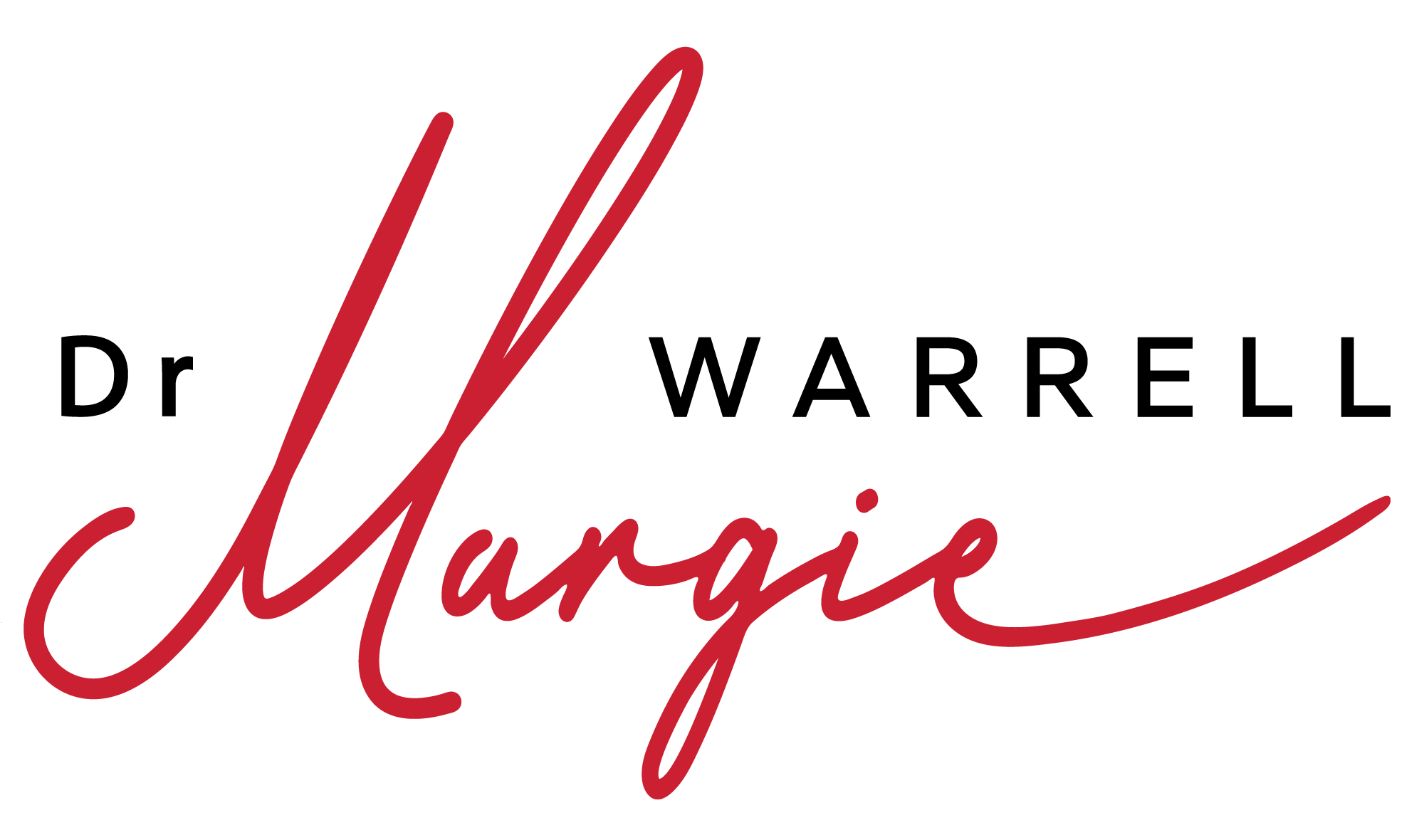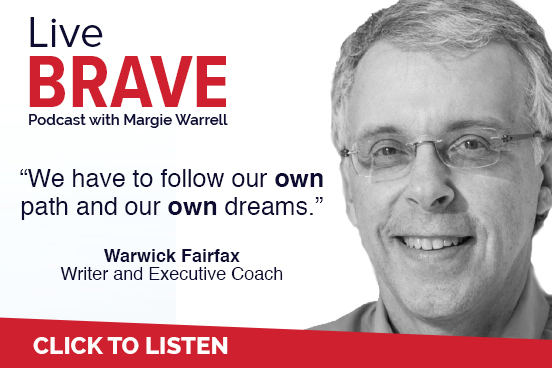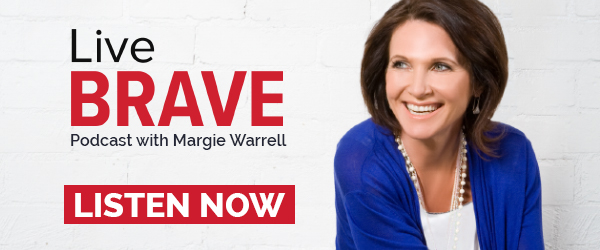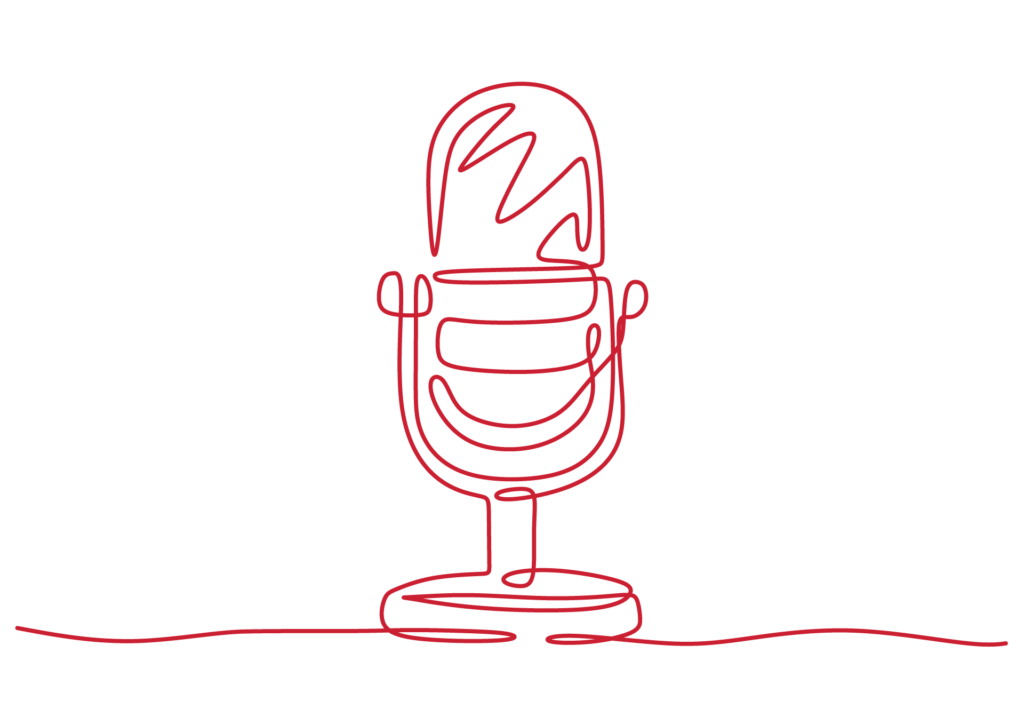Let’s face it, at some point in our lives, most of us find ourselves on a path we no longer want to continue upon. Sometimes it can feel like we’ve got no other options. That’s rarely the case. More often we just can’t see the options from where we currently stand. Australian businessman Warwick Fairfax’s experience of falling off the path for which he’d been groomed all his life holds compelling insights for anyone who would like to wake up feeling inspired about their work, but doesn’t.
Warwick was born into Australia’s Fairfax media dynasty, which owned the cream of Australia’s top newspapers, magazines, television and radio stations. His childhood was privileged on every measure, his parents hosting a steady stream of celebrities—from Liberace to Kirk Douglas—in their family home.
After studying at Oxford, as his forefathers had done, and a stint on Wall Street, Warwick headed to Harvard to complete his MBA. When his father died during his final year at Harvard, the mantle fell to Warwick to safeguard the family business. So soon after graduating, he launched a bold multi-billion dollar take over to ward off corporate raiders. Failing to garner the support he’d anticipated, the business was soon spiraling into debt. Within three years it was forced into bankruptcy and the Fairfax media dynasty, founded by Warwick’s great-great-grandfather, was lost under his watch. Over that time, his face was blazoned across Australia’s media countless times, headlines deriding his judgment, ridiculing his foolishness, and mocking his “silver spoon” upbringing.
A few years younger than Warwick, I also grew up in Australia. However, we shared little in common beyond that. My father milked cows for a living and we could not even afford to repair our television for several years. Also, unlike Warwick, no one in my family had ever attended university, much less Oxford. I was the first to get a degree. Yet while our early life journeys were vastly different, our paths crossed a few years ago while standing in a buffet line at a coaching conference in Washington D.C. I had no idea who he was at the time. It was after we’d shared lunch and exchanged business cards that I thought his name sounded vaguely familiar.
We have continued to build our friendship and support each other’s endeavors. This included my interviewing Warwick for my Live Brave podcast where he recounted the emotionally torturous period during and after the demise of his family’s business. He shared the shame and despair of feeling like he had utterly failed himself, his family, his forefathers, and even God, whom he had thought had divinely ordained him to return Fairfax Media to the values of its founding father.
Picking up the pieces of his shattered self-image and life after a humiliatingly public failure took years. Yet it also taught Warwick invaluable lessons which he has distilled into a philosophy he calls “crucible leadership” that comprises of four building blocks to creating a “life significance.”
1. Embrace How You’ve Been Refined
It’s often said that life doesn’t happen to us, it happens for us. It’s our greatest hardships and heartaches that often hold the most valuable lessons, helping us discover the mettle we’re made of. Certainty our “crucible moments” can be painful. Yet they can become a catalyst for what is called “post-traumatic growth” – an experience of deep personal transformation that ultimately leads to a far more rewarding experience of life. In the aftermath of losing the family dynasty, Warwick did a lot of soul-searching. “For my whole life, I had prepared to take a leading position with the family company. What was I to do now? What purpose did my life have?” he shared.
His search for new purpose ultimately taught him about who he was, but perhaps even more importantly, about he was not. Of course, it’s easy looking back on pivotal life experiences to see how the dots can connect. It’s much harder, in the middle of the mess, to trust that they will. However, [inlinetweet prefix=”@margiewarrell ” tweeter=”” suffix=””]by being willing to reflect on the learning a difficult experience holds, to confront the truth of our lives and any self-deception, we can use our adversities to hone our strengths[/inlinetweet] and discover talents that may otherwise have lay dormant.
2. Discover How You Were Designed
Just as we can uncover strengths in our moments of weakness—when we feel most brought to our knees—connect us to a higher purpose in our lives. In doing so, our “crucible moments” can steer us toward a new course, and a higher cause, we may never have otherwise stumbled upon.
From the moment he was born, Warwick had been groomed to be the savior of the family dynasty; the one who would restore Fairfax Media, and the Fairfax family, to its former glory. But, as Warwick shared, “This was not my dream.” Not only was it not his dream, but he didn’t possess the personality, skills or judgment to succeed at it. “I am not like Rupert Murdoch,” he reflected. “I don’t like the spotlight, I don’t like having to make fast decisions under pressure, I am just not wired as a take-charge, no-holds-barred chief executive. That was not my design.”
Crucible Leadership: The Building Blocks of a Life of Significance
3. Set Your Vision
“You cannot inherit a vision. I tried and failed,” Warwick shared. Yet he’s not alone in feeling the weight of pressure to pursue a path that others had decided for him. As palliative care nurse Bonnie Ware wrote in The Five Regrets of the Dying, one of the biggest regrets people have at life’s end is that they lived the life others wanted for them, not the one they wanted for themselves.
We are wired to belong and to avoid actions that risk causing disappointment or discord. It explains why so many people ‘live by default’, taking the path of least resistance and optimal people pleasing – rather than living ‘by design’, charting their own course toward whatever vision uniquely inspires them. In the video below I share the experience of climbing Mt Kilimanjaro with my husband and four teenage children. The key lesson: only when we dare to pursue a bold vision can we discover and expand our potential for greater things.
Out of the ashes of the failed vision Warwick inherited from his family, he gradually came to build a new one. His new vision aligned with his talents, personality, his passion but also drew on the hard-won wisdom he’d gained from his crucible experience. As an executive coach, leadership advisor and soon-to-be-author, he now does what he does best – to reflect deeply on issues, to guide others in pursuing their purpose, and to support the leadership of those who do wish to sit at the helm.
4. Bring Your Vision To Reality
A vision acts as a compass, but unless we take consistent action toward it, it eventually dissolves into no more than a pipe dream. Pursuing the highest vision for your life will always exact courage – trading the safety and familiarity of what you have now for the possibility of what you want most. [inlinetweet prefix=”@margiewarrell ” tweeter=”” suffix=””]Finding the courage to dare boldly and risk falling short of the mark is the work of a lifetime.[/inlinetweet]
Enlisting others in helping you achieve it helps steel your resolve when the going gets tough. If you’re in a position of leadership, enrolling employees in your vision isn’t just helpful, it’s imperative. As I wrote in a previous column, when you inspire others to pull behind you in the same direction, it fuels synergy, unlocks ingenuity, and enables you to go further, faster, than you ever could otherwise.
Warwick Fairfax’s experience is unique. Yet it holds valuable lessons for anyone who finds themselves on a path that neither rewards nor nurtures their strengths. And let’s face it, many do. If you’re one of them just keep in mind that the experiences you’ve gained on your current path are never wasted. Had you now walked it you would not be prepared for the new path you are now called to walk.
Whatever course you’re on right now, taking time to reflect on what you’re doing each day and why you’re doing it is always time well spent. Are you driven by purpose and passion and drawing on your strengths? Or are your actions dictated by inertia, pride and fear of the fall out should you choose another path? Just be warned: transitioning onto a new path, however right it feels, will take courage: the courage to let go familiarity, to embrace uncertainty, and to risk the odd ‘miss-step’ as you venture onto new ground. It also requires trusting that when you are doing what you have been ‘refined’ and ‘designed’ to become that you find all the resources inside you to rise above whatever challenges line the path ahead. For one thing is certain, further ‘refinement’ awaits.








